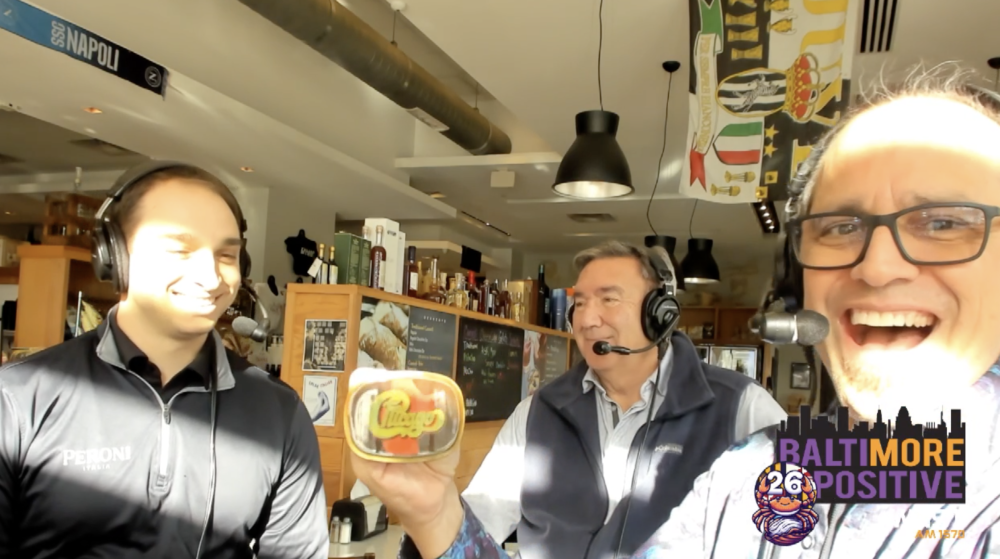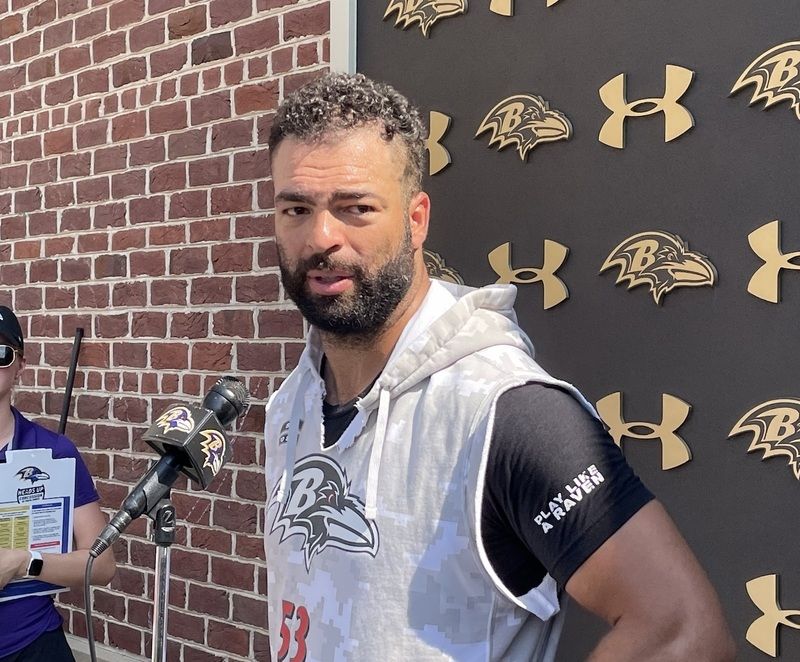BALTIMORE — There was no “aha” moment for Orioles manager Brandon Hyde watching John Means pitch during spring training.
Hyde liked the 26-year-old lefty’s changeup and how his four-seam fastball played up in the strike zone, but an underwhelming 5.40 ERA in 13 1/3 innings in the Grapefruit League wasn’t a harbinger of Means leading Baltimore in both ERA (2.48) and wins above replacement (1.1) through the first six weeks of the 2019 season. In fact, he was the next-to-last relief pitcher on the Opening Day roster to appear in a game with the only one waiting longer being former Rule 5 pick Pedro Araujo, who would be designated for assignment a few days later.
Entering 2019, there was little reason to view Means as more than left-handed organizational depth with an ordinary fastball-slider combination and a respectable but ordinary 3.83 ERA over five minor-league seasons. His season debut against the New York Yankees in the Bronx changed that perception, however, as Means allowed only one run and struck out five over 3 1/3 innings to earn his first major league win.
The outing included an eye-opening 17 swinging strikes, 14 coming on the changeup Orioles infielder and teammate Jonathan Villar has since labeled “unbelievable” to watch. You don’t get that many swings and misses with pure luck as Means entered Tuesday ranked seventh in the majors in FanGraphs’ pitch value metric for changeups, further reinforcing it being no fluke.
Means began elevating his fastball more effectively last season — a trend seen around baseball in recent years — and sought help inside and outside the organization to both improve his velocity and develop his changeup this offseason, but he still offered no profound explanation for his early success after pitching a career-high seven innings of one-run, three-hit ball against defending champion Boston Monday night.
“I don’t know. I just feel comfortable up here,” said Means, who abruptly made his major league debut at Fenway Park last September in the midst of the Orioles’ embarrassing pitching shortage. “I feel like these games really matter. I was never a prospect, so I feel like my back’s against the wall every time I go out there and I feel like I pitch better that way.”
An 11th-round pick out of West Virginia in the 2014 draft, Means is hardly the first relative unknown to find success in a small sample of innings as critics wait for a return to reality when opponents face him multiple times, but Monday’s career-best outing brought evidence of adjustments in his second start against the Red Sox. After relying almost exclusively on his fastball-changeup combination and throwing only two sliders out of 82 total pitches at Fenway on April 14, Means threw his slider 21 times to keep Red Sox hitters off balance this time around.
The breaking pitch resulted in two swinging strikes, four called strikes, and a sixth-inning strikeout of Boston center fielder Jackie Bradley. Means said the increase in slider usage was out of necessity, perhaps in response to his lower strikeout rate since becoming a starter. The next possible step could be mixing in a few more curveballs after he threw only four out of his 96 total pitches in the 4-1 victory.
“I’m going to need that as I go forward,” Means said. “The first month, the changeup kind of surprised everybody. As I move forward [and] as I establish myself, I’m going to need the breaker and the slider more.”
Of course, time will tell whether this version of Means is for real as opponents and scouts become more familiar with his repertoire and tendencies. After striking out an impressive 13 batters in 7 2/3 innings in relief, the southpaw has struck out only 5.8 batters per nine innings in five starts covering 25 frames, a rate suggesting his ultimate place may still be in the bullpen. His opponents’ .244 batting average on balls in play also indicates Means has benefited from some good fortune with the league average right around .295.
But good fastball and changeup command, only 1.93 walks per nine innings, and a willingness to evolve make Means more intriguing to watch as the sample size grows with each start. It’s a pleasant surprise for an organization lacking enticing prospects at the major-league level.
“He’s still developing, which is cool and impressive,” Hyde said. “What we’re looking for from our younger players is to not only have results, but to improve over the course of the year. Those two breaking balls are just getting better and better, and he’s getting some confidence with it.”


























